5052 Marine Aluminum Angles for Heavy Duty Marine Applications
In the world of marine applications, the choice of materials can significantly influence performance and longevity. For heavy-duty usage, Marine aluminum angles, particularly 5052 Marine Aluminum angles, come out as premier contenders. Known for excellent durability and resistance to the environment, these angles elevate the standards of maritime engineering and design.
5052 Aluminum Alloy
What Is 5052 Aluminum?
5052 aluminum alloy finds its strength in its unique fabrication and chemical properties. Part of the non-heat-treatable wrought aluminum alloy family, it is forgeable and possesses unique characteristics, stemming from its composition, primarily consisting of:
- Magnesium: 2.2% to 2.8%
- Aluminum: Classification of balance (the remainder is oxidation and residual materials)
- Other Elements: Small percentages of chromium, manganese, and others
These properties impart superior corrosion resistance, formability, and weldability. Higher magnesium content enables superior weld attributes while maintaining excellent fatigue resistance.
Technical Parameters Influence
A broad knowledge of the technical parameters associated with 5052 aluminum is crucial for leveraging its inherent qualities effectively. The table below outlines critical specifications.
Implementation Standards
When it comes to employing 5052 Marine aluminum angles in heavy-duty marine applications, adhering to recognized preparation and fabrication standards is non-negotiable. Marine Aluminium products generally follow certain crucial standards:
- ASTM B928/B928M: Focuses on high-strength, corrosion-resistant aluminum alloys for marine structural locations.
- ISO 6361-2: Deals with how aluminum alloys must perform, ensuring ultimate performance in sea salt and smoky environments.
Qualified certification from recognized institutions guarantees compliance with specified manufacturing processes ensuring stability across varying conditions.
Unique Selling Points of 5052 Marine aluminum angles
Saltwater Resistance & Lightweight
One of the driving competitive advantages of using 5052 aluminum is its unrivaled corrosion resistance, especially against saltwater, significantly prolonging the product’s lifespan. Coupled with its lightweight attributes, 5052 aluminum grants engineering flexibility—from load-bearing structures to anchorage supports—accommodating a diverse array of applications like yacht components, equipment frames, or even marine vehicular designs.
Tempering and Condition Excellence
An essential characteristic of the 5052 alloy lines pertains to its compositional tempering states, denoted with certain letters yet hinge predominantly on the manufacturing process. Below are familiar series indicating their treatment states:
- H32: 5052-H32 indicates strain-hardened and partially annealed conditions—providing balance between strength and ductility.
- H34: Greater emphasis on strength as aimed for in structural components. The pressures imposed underscore how the material serves booming vitality in an aquatic construct.
- O (Annealed): Yield significant formability, specifically theater for exceptional manipulative abilities.
This flexibility enables engineers and manufacturers to retire sections or entire constructs to be strategically utilized over broad applications.
Closing Thoughts: A Material Advantage
Pivoting back toward heavy-duty applications demands the continuous pursuit of robust and resilient materials. 5052 Marine aluminum angles resolutely position themselves at the apex, ensuring both environmental synergy and mechanical efficacy. Through profound of these technical specifications, operational protocols, and innovative applications awaiting—from hull support beams to complicated machinery—an upturn awaits within your maritime constructs.
At a notably complementary price point considering value-to-longevity ratio, securing highlighted marine structural advantages runs imperative—it is certainly the intelligent upgrade for those seeking to reform their maritime arsenal.
Feel free to reach out for tailored guidance specific to your project requirements: We’ve made aluminum work seamlessly for adventures on waves and hardships in storms.
Related Products
5083 marine aluminum flat bar
5083 aluminum flat bars belong to the 5xxx series of aluminum-magnesium alloys, known primarily for their superior resistance to seawater corrosion and salt spray.
View DetailsMarine aluminum channels
Marine Aluminum Channels are U-shaped aluminum profiles produced from alloys such as 5083, 5052, and 6061, known for their excellent marine corrosion resistance and superior mechanical strength.
View Details6061 marine aluminum round bar
6061 aluminum belongs to the 6xxx series alloys, alloyed primarily with magnesium and silicon. In the T6 temper, it undergoes solution heat treatment and artificial aging, resulting in enhanced mechanical properties while maintaining excellent corrosion resistance.
View DetailsMarine aluminum angles
Marine Aluminum Angles are L-shaped cross-sectional aluminum profiles produced from marine-grade aluminum alloys such as 5083, 5052, and 6061.
View DetailsMarine aluminum Z-shaped sections
Marine Aluminum Z-shaped Sections are fabricated from premium marine-grade aluminum alloys such as 5083, 5052, and 6061. These alloys are well-regarded for their superior corrosion resistance in seawater and marine atmospheres, along with good mechanical strength and excellent weldability.
View DetailsMarine aluminum I-beams
Marine Aluminum I-Beams feature the traditional “I” cross-sectional profile fabricated from marine-grade aluminum alloys like 5083, 5086, and 6061. These alloys are renowned for their outstanding corrosion resistance, especially in saltwater and marine atmospheres, making them ideal for offshore and naval construction.
View DetailsRelated Blog
5052 Marine Aluminum Angles for Custom Coastal Engineering
In the dynamic field of coastal engineering, material selection plays an indispensable role in the longevity, reliability, and safety of offshore and shoreline structures.
View Details5052 Marine Aluminum Channels for Custom Boat Hull Construction
Aluminum channels are indispensable components in marine construction, providing structural support, corrosion resistance, and design versatility. Among various aluminum alloys available.
View Details5052 Marine Aluminum Channels for Custom Boat Frame Design
Marine aluminum is renowned for its corrosion resistance, lightweight properties, and strength, making it an ideal material for boat construction. Among the various series of aluminum alloys, the 5052 alloy stands out.
View Details5052 Marine Aluminum Angles for Heavy Duty Marine Applications
In the world of marine applications, the choice of materials can significantly influence performance and longevity. For heavy-duty usage, marine aluminum angles, particularly 5052 Marine Aluminum angles, come out as premier contenders.
View Details5052 Marine Aluminum Z Shaped Sections for Corrosion Resistant Marine Frames
5052 aluminum alloy is widely recognized in the marine industry for its excellent corrosion resistance, formability, and weldability. This lightweight alloy is particularly suitable for marine applications.
View Details

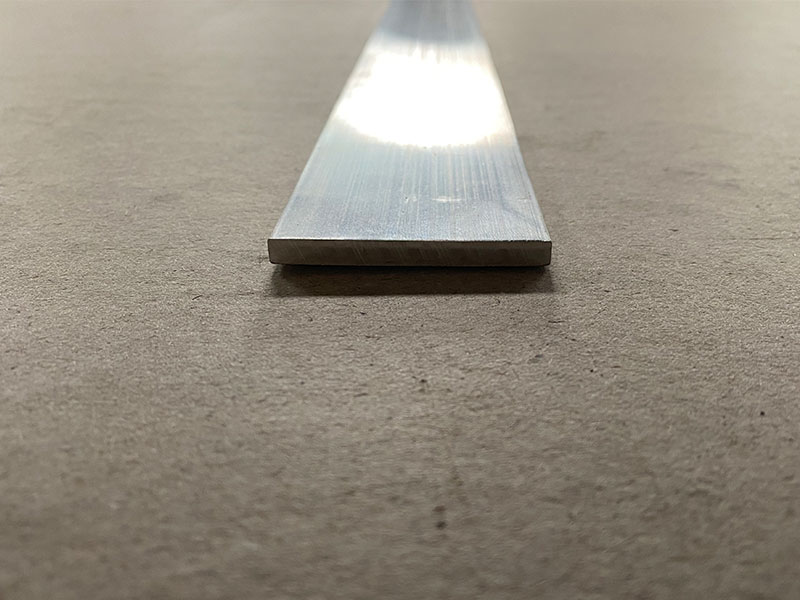
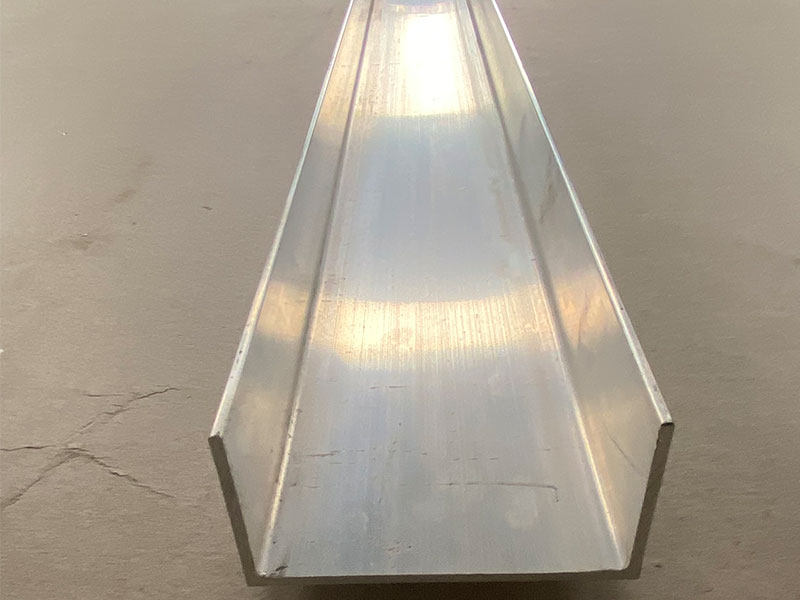
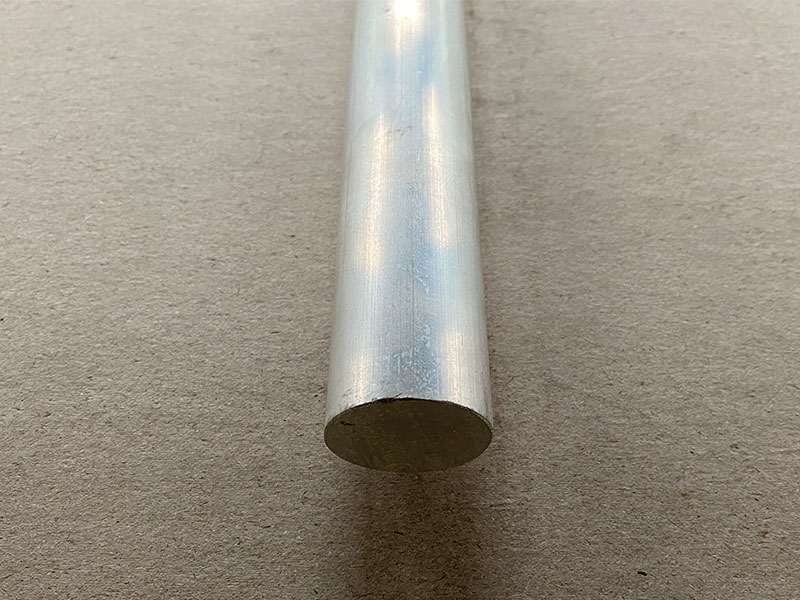
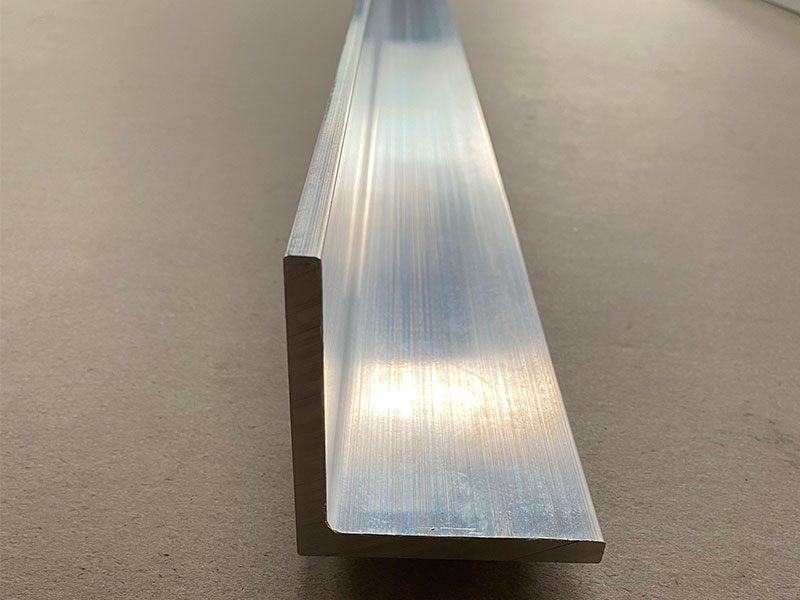
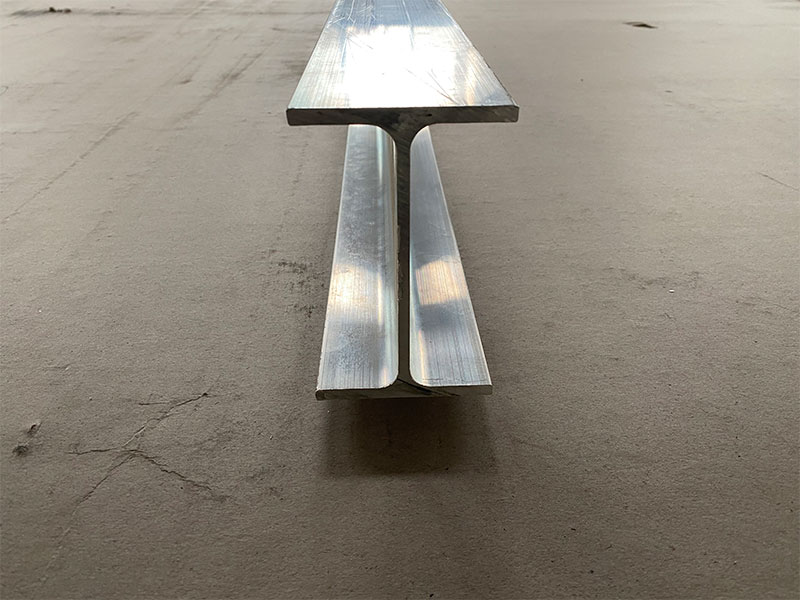
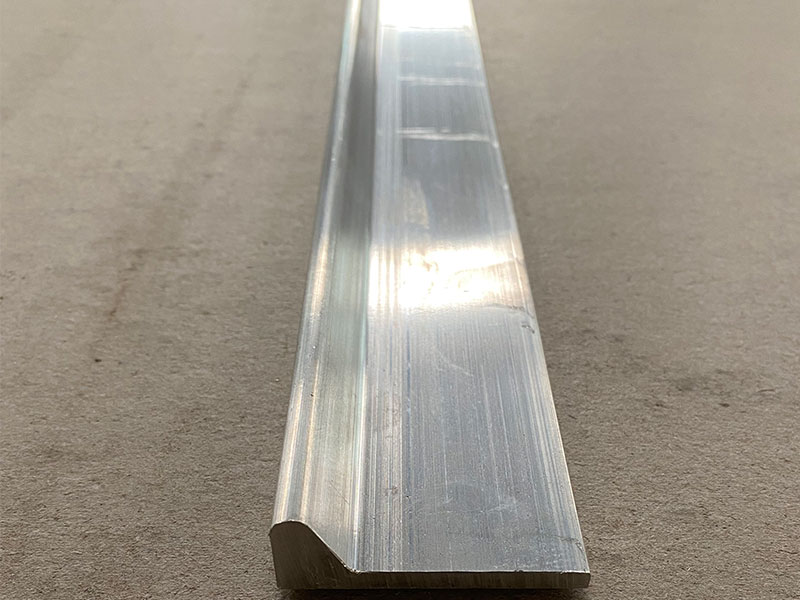




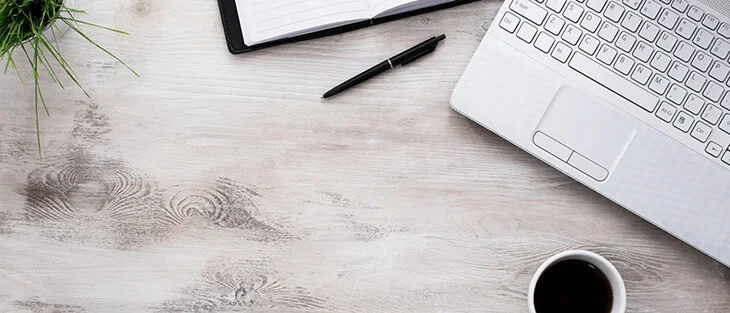
Leave a Message